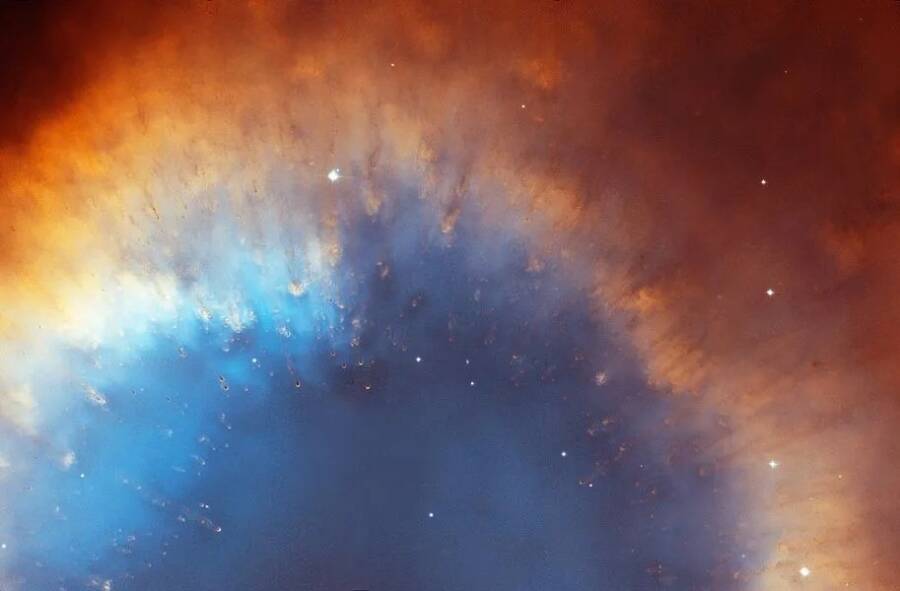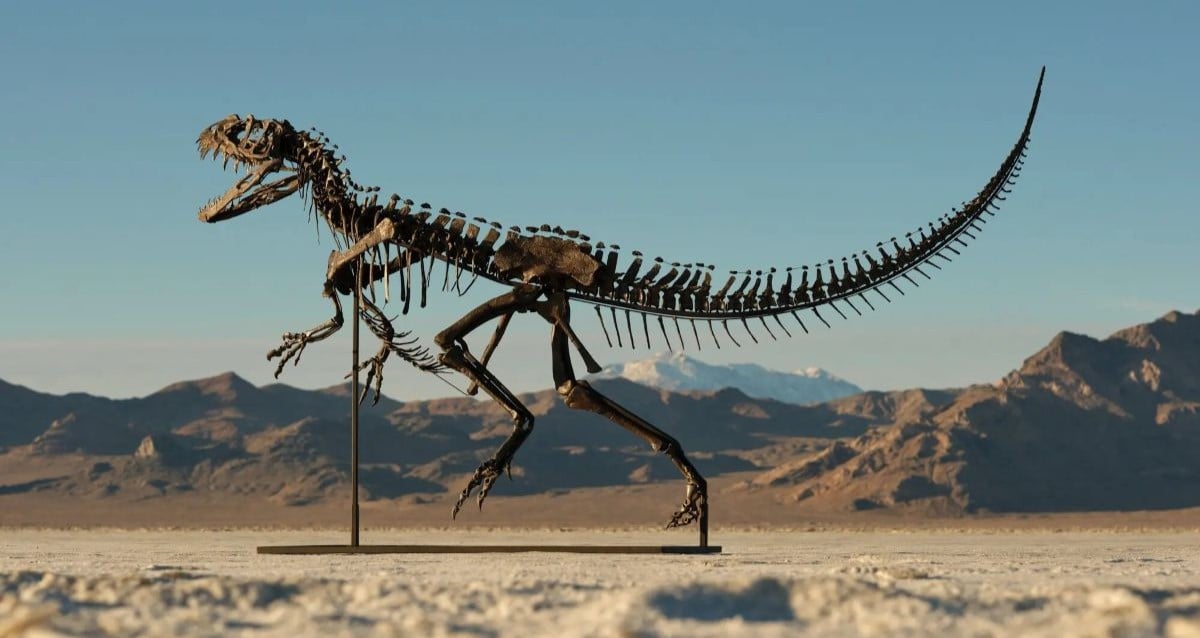“NASA Captures Breathtaking Footage of Dying Star’s Cataclysmic Fate: Did It Murder a Planet?”
What’s more, telescope observations between 1992 and 2002 showed that the X-ray signals remained constant, with subtle regular variation every 2.9 hours.
“We think this X-ray signal could be from planetary debris pulled onto the white dwarf,” said Dr. Sandino Estrada-Dorado, an astronomer from the National Autonomous University of Mexico and the study’s lead author, according to Sci News. “We might have finally found the cause of a mystery that’s lasted over 40 years.”
This shattered planet likely began its life a good distance from the white dwarf, but it may have been pulled closer and closer due to the gravity of other planets in the system. Previous observations have also shown that a Neptune-sized planet is in incredibly close revolution around the white dwarf, but as a Jupiter-like planet was pulled closer, the gravity of the white dwarf ripped it apart.

NASA/Public DomainA closer view of the clusters around the Helix Nebula.
“The mysterious signal we’ve been seeing could be caused by the debris from the shattered planet falling onto the white dwarf’s surface, and being heated to glow in X-rays,” said Dr. Martin Guerrero, an astronomer at the Institute of Astrophysics of Andalusia. “If confirmed, this would be the first case of a planet seen to be destroyed by the central star in a planetary nebula.”
This study also has significant implications for the fate of our own Sun billions of years down the line.
How A Star Like Our Sun Becomes A White Dwarf
Stars like our Sun spend the majority of their lives fusing hydrogen into helium in their cores, a process that generates the energy they emit. Over billions of years, this hydrogen fuel becomes depleted, leading to significant changes in the star’s structure and behavior.












